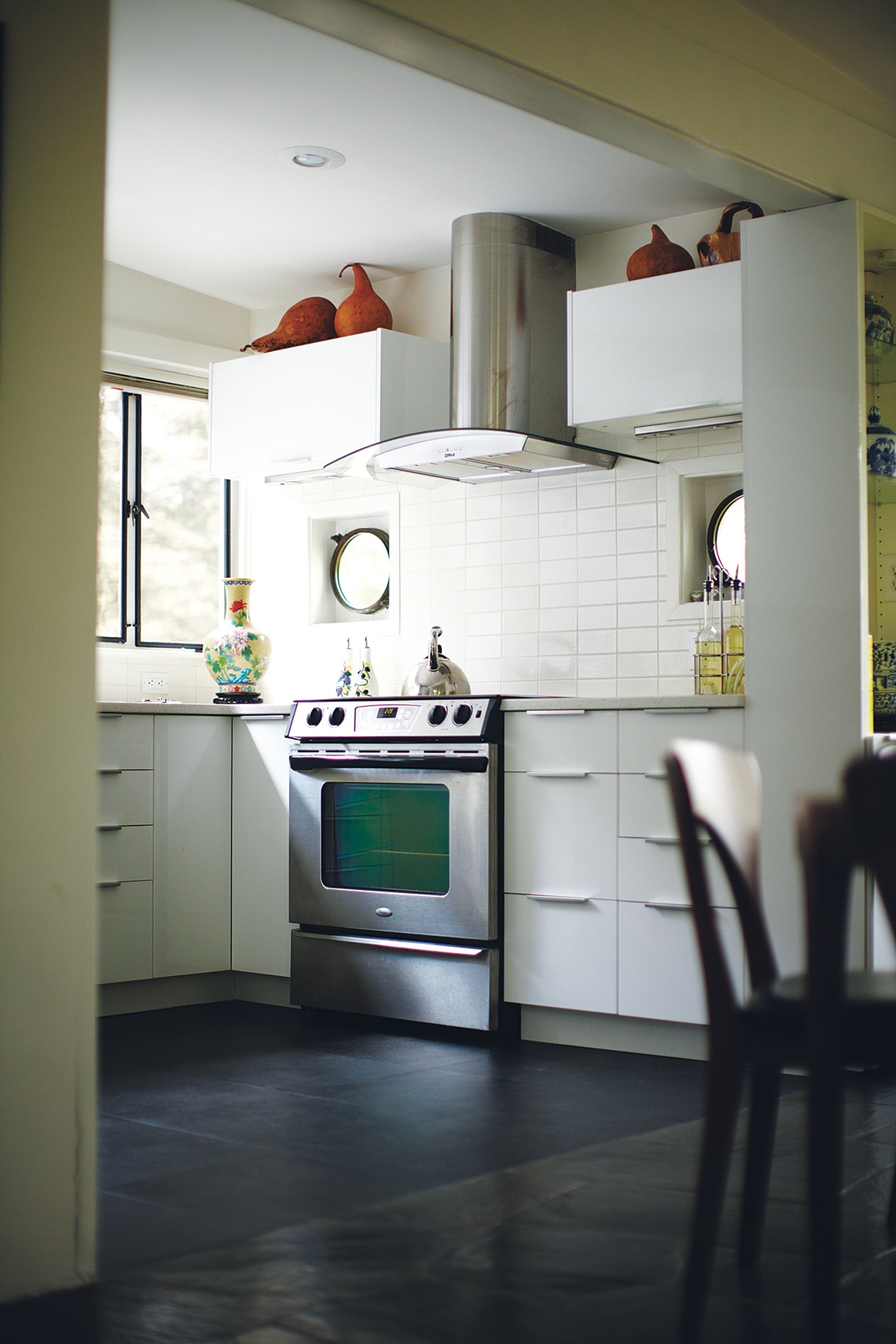Real Estate: Modern History

Photograph by Christian Kozowyk
When most folks think of Lexington, their minds turn to minuteman memorials and gabled Colonials, all lovingly preserved by residents of this historic hamlet turned affluent suburb. But tucked under the thick cover of maples and oaks lies a less-expected landmark — one of the nation’s first planned communities of modern homes.
Known as Six Moon Hill, the leafy outpost is a favorite of design enthusiasts, though it’s generally not a practical destination for house-hunters. It consists of only 29 residences, a group of historic and distinct properties that seldom come up for sale. But lovers of modern architecture are in luck: One of the homes, at 10 Moon Hill Road (featuring 2,300 square feet, 2 baths, four bedrooms, and a recently renovated kitchen), just went on the market.
The Six Moon Hill development was founded in 1948 by members of the Architects Collaborative (TAC), the firm headed by Walter Gropius, creator of the influential Bauhaus school of design. With growing families, hectic work schedules, and strained finances, the young architects needed reasonably priced housing, but they also wanted to show that design could effect social change.
Rejecting the fortresslike seclusion they saw in other suburban developments, the founders hoped to encourage neighborly interaction with a cul-de-sac layout. They nixed fences, which were deemed too divisive, and even installed a shared swimming pool and playing field that to this day are maintained by homeowners’ fees.
The architects who designed the homes of Six Moon Hill opted for clean lines, boxy shapes, flat roofs, open floor plans, and large windows — a conspicuous departure from the traditional Capes and manicured lawns that defined the surrounding developments. At the time, construction of each house cost less than $20,000, or about $180,000 today. (Though most of the modest properties have since been expanded — 10 Moon Hill Road received a new carport and master bedroom suite over the years — subsequent owners have remained loyal to the original aesthetic.)
The development serves as an early example of green architecture and community planning. “Each home has been built into the land, in tune with the immediate natural layout,” says Bill Janovitz, a listing agent with Hammond Real Estate and proprietor of the blog Modernmass.com. This reflects the original architects’ desire to adapt their homes to the vagaries of the landscape rather than follow what had been the prevailing approach: stripping the land bare before building. Original trees have matured over the years, creating a lush canopy, and many residents continue to maintain their yards in naturalistic ways.
The houses of Six Moon Hill may no longer be affordable for struggling architects (the median value is $1.27 million) but they are popular. What was once an anomaly is now a sought-after address, thanks in no small part to the popularity of midcentury modernism among young professionals, explains Janovitz. “These homes are to the younger generation what Victorian dwellings were to their parents.”
That the community was well planned and forward-thinking from the beginning makes a property like 10 Moon Hill Road all the more special. “It’s a rare opportunity,” says Janovitz. “The authenticity of these homes as the finest specimens of great midcentury American architecture is nearly unmatchable, especially in New England.” In other words, act now.